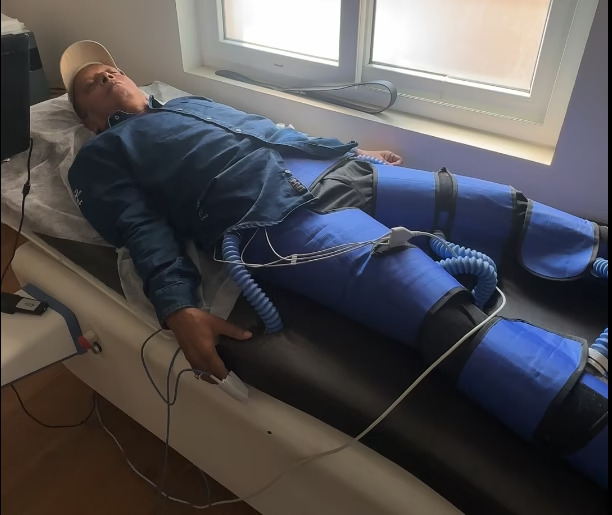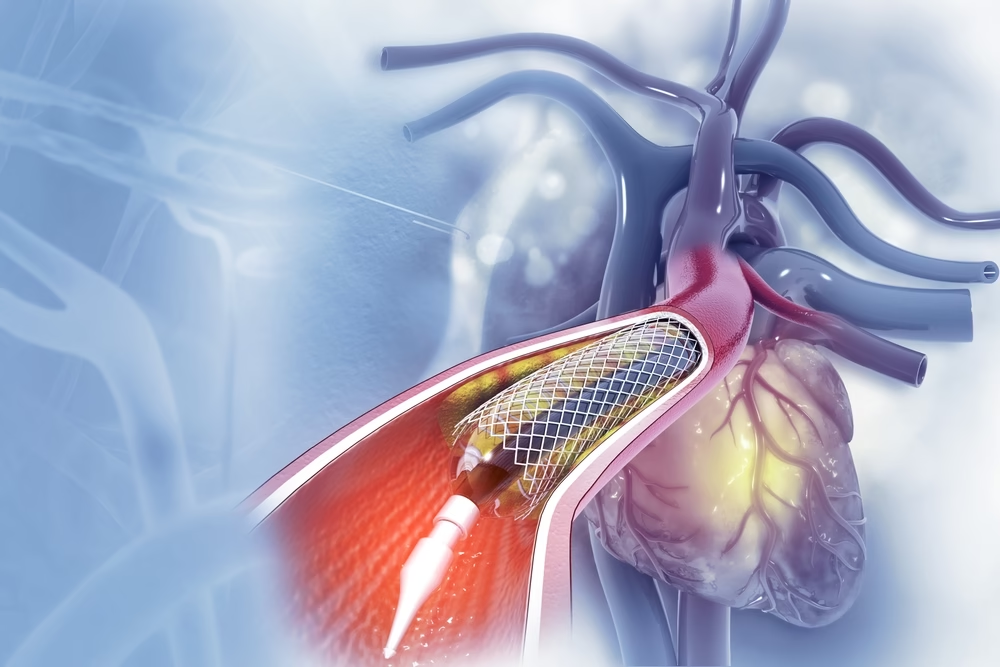The Big Question — Are We Really Curing Heart Disease?
Heart disease is the leading cause of death in the world, and India is no exception. India performs about 300,000 heart surgeries every year, including a wide range of cardiac surgeries, according to Springer Nature. Yet despite these sobering numbers, heart disease remains on the rise, and countless patients find themselves returning to the hospital just a few years after their surgery.
So, what is going wrong? If stents and bypass surgery genuinely cured heart disease, wouldn’t we witness a decrease in cases? According to a study, up to 50% of bypass patients develop new blockages within 5-10 years. Many stent patients have re-narrowing of the arteries within months. The truth is that these operations only treat the symptoms of heart disease, not its underlying cause. So, why are these still the default solutions? More importantly, what can actually reverse heart disease? Let’s go into the facts with SAAOL Heartcare Delhi that most people (even some doctors) avoid discussing.
What Stents and Bypass Surgery Really Do
Stents are tiny mesh tubes that are inserted into clogged arteries to keep them open. They can increase blood flow and prevent chest pain (angina) but do not treat the cause of atherosclerosis (plaque build-up in arteries). Even more shocking is that for individuals who don’t have an ongoing heart attack, stents do not actually prevent future heart attacks or increase life expectancy.
What They Won’t Tell You:
– Many arteries can re-narrow (restenosis) within months or years.
– Stents only treat individual blockages; however, if the entire circulatory system is unhealthy, new blockages can emerge.
– Stenting addresses no inflammation, no cholesterol level, and no endothelial dysfunction, which is the single-most cause of heart disease.
Bypass Surgery: Only a Detour, Not a Cure
Coronary Artery Bypass Grafting (CABG) is a significant surgery that redirects blood flow around clogged arteries utilizing veins from other sections of the body. It is frequently advised for individuals with many blockages, but, like stents, it is not a cure.
What They Won’t Tell You:
– Bypass grafts can clog again over time, even within a few years.
– It does not prevent new blocks from forming elsewhere.
– Up to 50% of bypass patients experience new blockages within 5-10 years.
– The treatment itself poses dangers such as stroke, infection, and cognitive impairment.
Simply put, stents and bypass surgery can provide temporary relief, but they do not repair the underlying condition.
The Root Cause of Heart Disease
Heart disease is not merely a case of clogged arteries; it is a systemic metabolic problem. The underlying problem is chronic inflammation, dysfunctional endothelial cells, and insulin resistance. Research now shows that not only high cholesterol is the enemy. Oxidized LDL, inflammation, and endothelial dysfunction have a far more significant effect. Other things like insulin resistance and diabetes, promote plaque build-up and inflammation.
– Uncontrolled hypertension (which damages the artery walls).
– Chronic stress and sleep deprivation (which increases cortisol levels and contributes to artery damage)
– Poor dietary and lifestyle choices (which promote inflammation and oxidative damage).
If these risks are not treated, heart disease will progress, even if you receive a stent or bypass surgery.
EECP: A Powerful Alternative That Doctors Don’t Discuss
Enhanced External Counterpulsation (EECP) is a non-invasive treatment for heart disease that is often disregarded.
EECP is a non-surgical therapy that involves wrapping huge cuffs around the legs and inflating them in tune with your heartbeat. This method stimulates natural bypasses (collateral arteries) in the heart, increasing blood flow without surgery.
Why EECP is a Game-Changer

– Improves blood flow naturally through the natural bypass.
– Most patients have reduced angina and shortness of breath.
– No risks as with surgery, there are no scars, no anesthesia, and no recuperation time.
– FDA-approved for patients who prefer non-invasive treatments or cannot undergo surgery.
– Improves cardiac function and endurance, which typically reduces the need for medication.
Despite these advantages, EECP is underutilized because it is not a significant revenue generator for the healthcare business. If more patients were aware of EECP, they may perhaps avoid surgery altogether!
Lifestyle Modifications: The Most Effective Treatment For Heart Disease
Since heart disease is linked with our way of living in some manner, it is obvious that certain changes in one’s lifestyle can improve and even cure the disease. Here’s what truly helps:
- A Whole-Food, Plant-Based Diet
Dr. Caldwell Esselstyn, Dr. Dean Ornish, Dr. Bimal Chhajer and other professionals have shown imaged evidence of a plant-based diet that consists of low fat to actually be able to stop or bring heart disease under control. The elimination of processed foods, sophisticated carbs as well as animal fats not only assist in plaque removal but also improves arterial functions.
- Regular exercise has a great influence on the cellular layer surrounding blood vessels and the arteries, it lowers hypertension, accelerates blood flow, and circulates blood. The danger of developing heart problems can be dropped to an almost astounding number of 50% with brisk walking, 30 minutes daily.
- Simple interventions, such as meditation, yoga, deep breathing, and having enough sleep are useful for controlling stress and lowering the likelihood of getting a heart attack.
- Restoring Gut Health
New research demonstrates a clear correlation between gut health and heart health. A balanced gut microbiota helps reduce inflammation and improve cholesterol metabolism, thus eating probiotics and fiber-rich meals can aid your heart.
- Prioritising Heart-Healthy nutrients
Here are a few nutrients that are known to boost the health of the heart:
– CoQ10: Aids energy production in heart cells.
– Omega-3s: Helps to lower inflammation and lipids.
– Magnesium: Assists in the control of blood pressure as well as relaxing the arteries.
– L-Carnitine: Improves the performance of the heart muscle.
The Stent V/s Bypass Surgery: What’s the Real Answer?
When one is experiencing a heart attack, a stent has the potential to save their life. However, if you suffer from cardiac disease, research indicates that lifestyle modifications plus EECP may be just as effective. And that too without the risks.
Before rushing into surgery, ask your doctor about ALL of your options. Seek a second opinion, research EECP, and commit to a heart-healthy lifestyle.
The biggest surprise isn’t that stents and bypass surgery don’t cure heart disease, but that most heart disease is avoidable and even reversible with the appropriate approach.
So, what are your next steps? Are you ready to take care of your heart health with SAAOL? The decision is yours!

